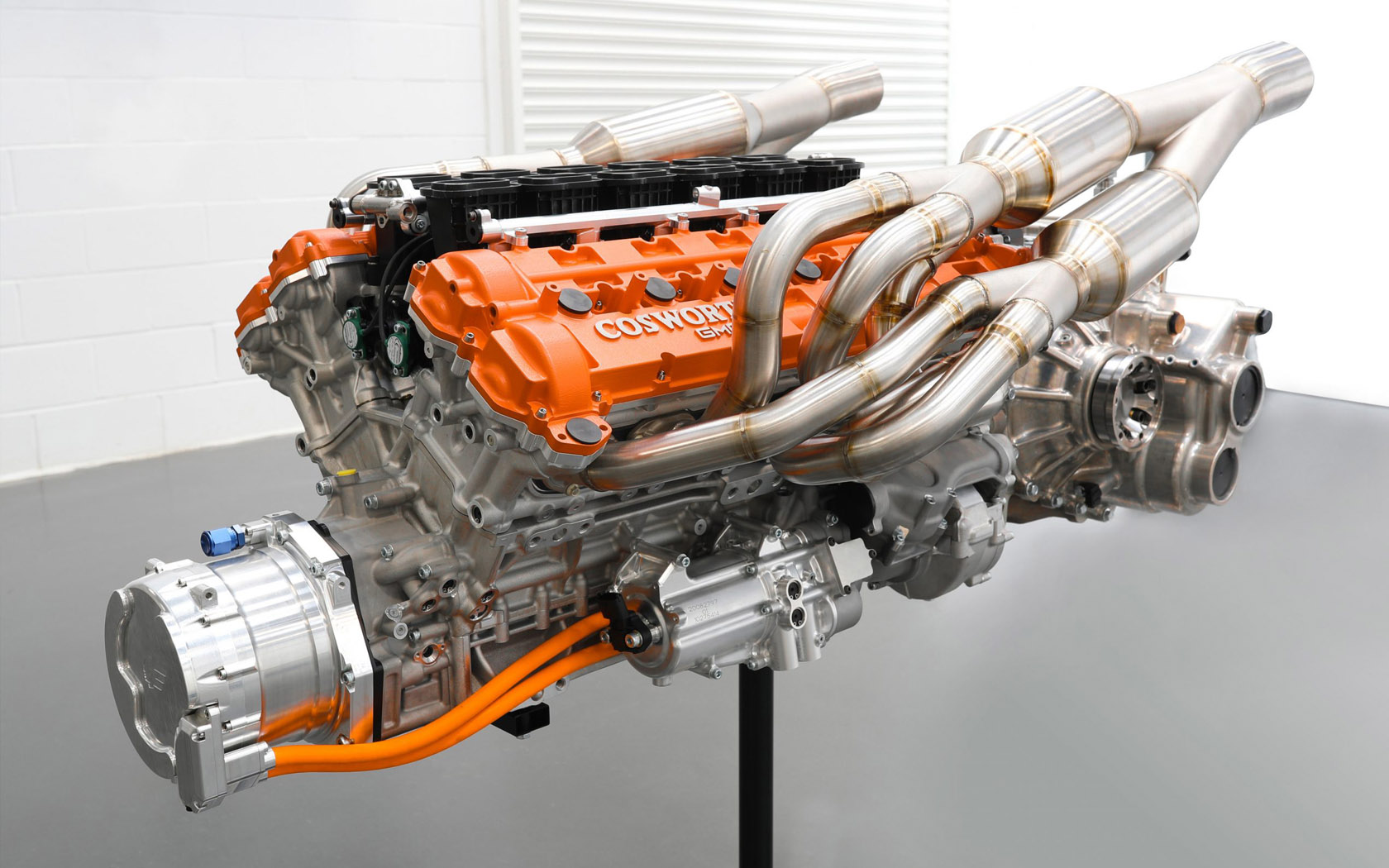The Pursuit for Ultimate Driving Power: Exploring the Pinnacle of Engine Performance and Technological Innovations in the Automotive Industry
In the world of automotive engineering, the search of maximum driving power has actually been a ruthless pursuit that has actually unfolded with the evolution of engine style and the integration of sophisticated modern technologies. From the thorough craftsmanship of combustion engines to the fast developments in electrical propulsion systems, the automotive market stands at the cusp of a new period characterized by extraordinary performance capacities. As engineers and scientists delve much deeper right into the realms of computational fluid dynamics and discover innovative fuel innovations, the perspective of opportunities increases exponentially. Stay tuned as we decipher the complex tapestry of technical innovations that are shaping the future of automotive power and performance.
Development of Engine Style

In addition, the combination of turbocharging and turbo charging technologies has reinvented engine layout by increasing power without dramatically increasing engine size. These forced induction systems compress the consumption air, permitting more gas to be ignited, thus producing greater power output from a smaller sized engine. This development has been especially vital in boosting the performance of smaller displacement engines while maintaining fuel efficiency standards.

Performance-Enhancing Fuel Technologies
The execution of advanced gas technologies has considerably added to enhancing engine efficiency in modern lorries. Biofuels, obtained from sustainable sources like sugarcane, algae, or corn, offer lowered emissions and improved engine effectiveness. In addition, gas ingredients and detergents are being developed to tidy engine parts, optimize combustion, and decrease friction, consequently enhancing overall vehicle performance.
Developments in Electric Propulsion
Considerable strides in electrical propulsion technology have transformed the automobile market, leading the way for a brand-new period of effective and lasting transport. Electric lorries (EVs) are obtaining popularity due to their environmental benefits and improvements in battery innovation, making it possible for longer driving ranges and much shorter billing times. Suppliers are spending greatly in research study and advancement to improve the efficiency of electric propulsion systems, focusing on boosting power result, boosting power efficiency, and decreasing general weight.
One notable breakthrough in electrical propulsion is the growth of innovative electrical motors that deliver higher torque and power thickness, causing improved velocity and overall driving efficiency. Furthermore, regenerative braking systems have actually been refined to store and record energy throughout slowdown, further enhancing the effectiveness of EVs.
Furthermore, the assimilation of wise technologies, such continue reading this as expert system and anticipating analytics, is enhancing the monitoring of electric propulsion systems, ensuring optimum performance under numerous driving conditions. These developments in electrical propulsion are reshaping the automotive landscape, driving the industry in the direction of a more lasting and energized future.
Impact of Computational Fluid Dynamics
With innovations in electric propulsion pressing the borders of automobile modern technology, the combination of Computational Liquid Dynamics is playing an essential duty in optimizing wind resistant efficiency and enhancing general performance in vehicle style. Computational Liquid Dynamics (CFD) involves using computer system simulations to analyze the flow of air around an automobile, making it possible for engineers to anticipate exactly how layout changes will affect aerodynamics without the need for expensive physical prototypes. By properly modeling air movement patterns, CFD allows for the refinement of automobile forms to lower drag, improve cooling, and improve stability.
CFD allows engineers to optimize airflow around components such as radiators, engine bays, and wheel wells, contributing to boosted efficiency and general driving experience. In this post conclusion, the assimilation of Computational Fluid Dynamics stands for a significant action ahead in the quest for best driving power and effectiveness in the automotive sector.
Future Patterns in Engine Innovation
In the vibrant landscape of automobile design, sophisticated improvements are shaping the future trajectory of engine technology. The future of engine style is noted by a solid focus on performance, performance, and sustainability. Suppliers are progressively focusing on establishing engines that not only provide high power outputs however additionally prioritize ecological obligation by improving and decreasing emissions gas efficiency.
One popular fad in engine development is the surge of electrification. Hybrid and electrical powertrains are gaining grip as viable choices to conventional burning engines. These innovations supply the potential for substantial reductions in carbon exhausts and enhanced power efficiency, straightening with international initiatives to combat climate adjustment.
In addition, advancements in materials science and production methods are making it possible for the manufacturing of lighter and more resilient engine elements. This shift towards lightweight materials such as carbon fiber and aluminum alloys adds to boosted efficiency and gas economic situation.
Verdict
Finally, the pursuit of ultimate driving power in the automobile industry continues to drive improvements in engine style, fuel innovations, electric propulsion, and computational fluid dynamics. The evolution of these technologies is forming the future of engine technology, leading the method for extra powerful and reliable lorries (engines for africa). As the market remains to push the borders of what is feasible, we can expect to see even extra groundbreaking growths in the pursuit for peak performance
One of the essential milestones in engine layout development is the transition from traditional carbureted engines to modern-day fuel-injected systems. By exactly metering the fuel distribution to each cylinder, fuel-injected engines optimize burning, resulting in much better efficiency and minimized ecological effect.
Furthermore, the assimilation of turbocharging and supercharging technologies has actually revolutionized engine layout by improving power without considerably raising engine size (engines for africa).The implementation of sophisticated fuel innovations has dramatically contributed to view website boosting engine performance in modern-day vehicles. In addition, fuel ingredients and detergents are being developed to clean engine elements, maximize combustion, and reduce friction, thereby improving overall lorry performance